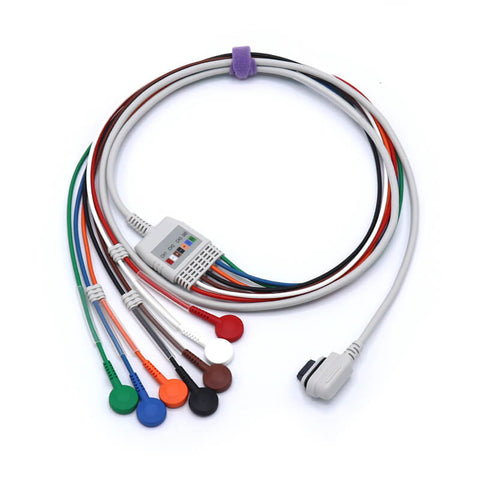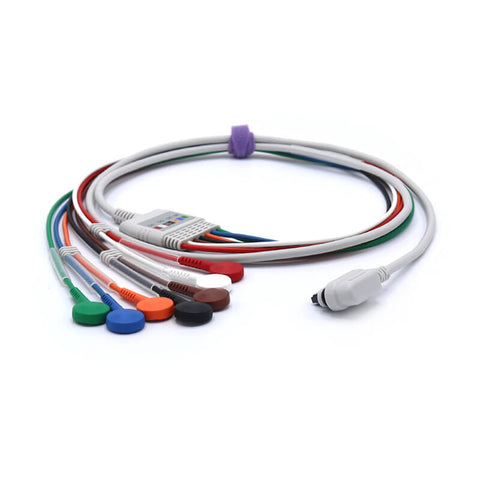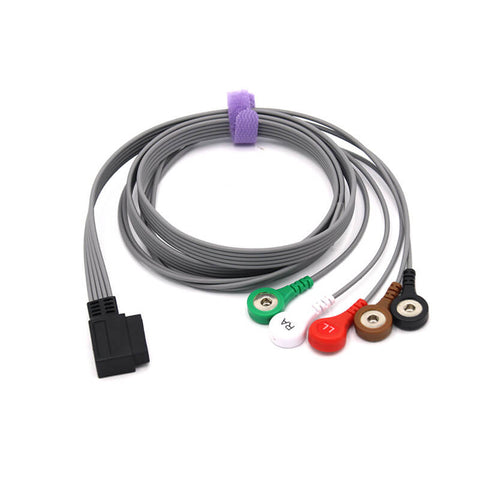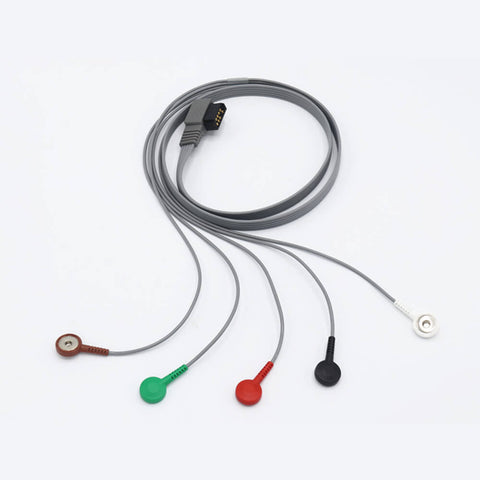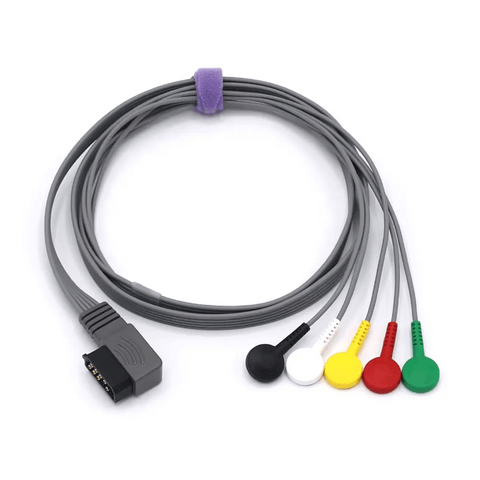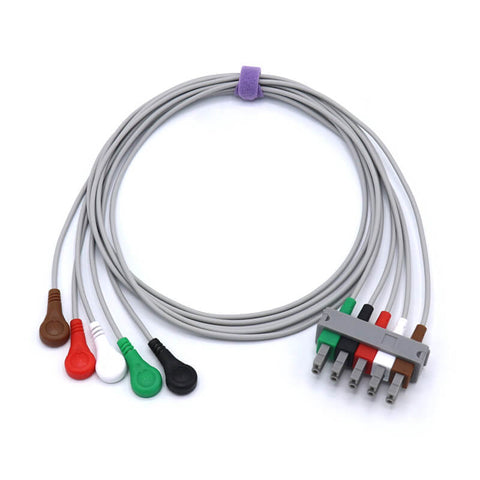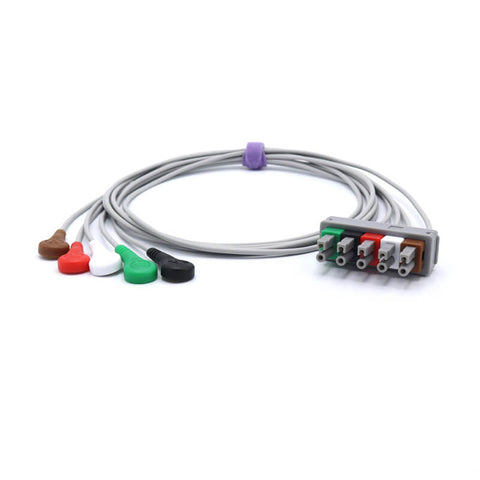What is an Unhealthy SpO2 Level?
Understanding Unhealthy SpO2 Levels
An unhealthy SpO2 level indicates that your blood isn't carrying enough oxygen to fully meet your body's needs, a condition known as hypoxemia. While individual factors can influence what's "normal," healthcare providers use specific thresholds to identify concerning and dangerous oxygen saturation levels.
SpO2 Danger Zones: When to Take Action
The following chart illustrates the spectrum of SpO2 readings and their clinical significance:
| SpO2 Range | Classification | Recommended Action |
|---|---|---|
| 95% - 100% | Normal Range | Healthy oxygen levels for most individuals. |
| 90% - 94% | Clinically Low | Consult a doctor, especially if persistent. May indicate a problem. |
| 85% - 89% | Dangerously Low | Seek urgent medical care. Risk of organ strain. |
| Below 85% | Severe Hypoxemia | Medical emergency. Can lead to loss of consciousness and severe complications. |
⚠️ Critical Threshold: A reading at or below 88% is a widely accepted marker for severe hypoxemia and requires immediate medical intervention, often including supplemental oxygen.
Key Symptoms of Low Oxygen Levels (Hypoxemia)
Your body will often signal low oxygen levels before they become critical. Pairing SpO2 readings with symptom awareness is crucial.
Seek medical attention if you experience any of these symptoms, especially with a low reading:
-
Shortness of breath at rest or with minimal activity
-
Rapid heart rate (tachycardia) or heart palpitations
-
Chest pain or tightness
-
Confusion, dizziness, or a sense of impending doom
-
Severe headache
-
Cyanosis: A bluish or grayish color in your lips, fingernail beds, or skin
Important Factors That Influence "Normal"
While the 95-100% range is standard, certain factors can shift an individual's baseline:
-
Chronic Lung Conditions: Patients with severe COPD or pulmonary fibrosis may have a physician-approved "normal" baseline as low as 88-92%. It's the deviation from their baseline that matters most.
-
Altitude: At high elevations, SpO2 levels naturally drop due to lower oxygen in the air. Readings in the low 90s might be common but still require acclimatization monitoring.
-
Age: Older adults, especially those over 70, may have slightly lower baseline levels (closer to 95%).
-
Device Accuracy: Remember that consumer pulse oximeters have a margin of error of 2-4%. A reading of 90% could mean your true saturation is anywhere from 86% to 94%.
What to Do If Your Reading is Unhealthy
-
Don't Panic: Ensure the reading is accurate. Check that the sensor is placed correctly on a warm finger without nail polish. Sit still and take another reading.
-
Assess Your Symptoms: Are you experiencing shortness of breath, chest pain, or confusion?
-
Take Action:
-
If your SpO2 is between 90-94%: Contact your doctor within 24 hours to report the trend.
-
If your SpO2 is between 85-89%: Seek urgent medical care at a clinic or urgent care center that day.
-
If your SpO2 is 88% or below, OR if you have any severe symptoms (chest pain, confusion, cyanosis): This is an emergency. Call 911 or go to the nearest emergency room immediately.
-
🚨 Remember: Your symptoms are just as important as the number on the screen. Trust how you feel. If you feel severely unwell, seek emergency care even if the oximeter shows a borderline number.
Frequently Asked Questions (FAQ)
Q: Is 92% a bad oxygen level?
A: Yes, 92% is considered low (hypoxemia) and is cause for concern. You should contact your healthcare provider for guidance, especially if this is a new or persistent reading.
Q: Can you have a low SpO2 without symptoms?
A: Yes, this is called "silent hypoxia." It is particularly dangerous because you may not feel short of breath even though your oxygen levels are dangerously low. This is why monitoring can be important for high-risk individuals.
Q: I have COPD. What is an unhealthy SpO2 level for me?
A: If you have COPD, your doctor has likely given you a personalized target range. For many COPD patients, maintaining an SpO2 between 88-92% is the goal. Levels significantly below your personal baseline are unhealthy. Always follow your pulmonologist's specific instructions.
Q: How long can you survive with low oxygen levels?
A: The brain and heart can begin to suffer damage within minutes of severe oxygen deprivation (levels below 80%). prolonged hypoxemia can lead to organ failure. This is why low readings require prompt medical assessment.
Disclaimer: This information is for educational purposes only and is not a substitute for professional medical advice. The interpretation of SpO2 readings and any subsequent actions should be guided by a healthcare professional who can consider your complete medical history. Never delay seeking emergency medical care based on something you have read online.





